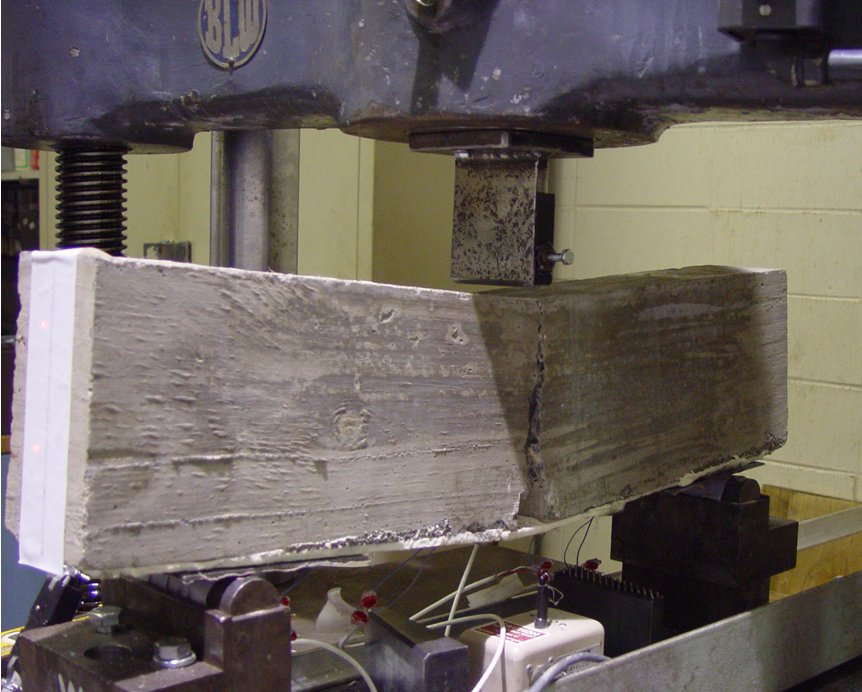|
Contact Information
Links
Current Research:
EIT Demonstration Project and Workshop
NSF: Development of a Blast and Ballistic Resistant Precast Concrete Armored Wall System
NEES-CR: Impact Forces from Tsunami-Driven Debris
Inspection Methods & Techniques to Determine Non Visible Corrosion of Prestressing Strands in Concrete Bridge Components
Daniel P. Jenny PCI Fellowship: Analytical Assessment of the Resistance of Precast Strucutres to Blast Effects
Development of a Seismic Design Methodology for Precast Diaphragms
Use of Polyurea for Blast Hardening of Concrete Construction
Estimation of Concrete Respone Under Varying Confinement
Past Research Projects
Performance of Bulb Tees with Self Consolidating Concrete
Evaluation of Bond Mechanics in Prestressed Concrete Applications
FRP Bridge Decks with RC
Parapets
Blast Resistance of a Load
Bearing Shear Wall Building
Lehigh@NEES
Equipment Site
Reserarch Experinece for
Undergraduates
Seismic Evaluation of a Three Story
WoodFrame Apartment Building with Tuck-Under Parking
Design of RC Bridge Beam-Column
Connections
Response of Waffle Slab
Building Systems to Seismic Loads
|
Use of Polyurea for Blast Hardening of Concrete Construction

Introduction:
In recent years methods of blast protection have been developed for existing infrastructure. This project
investigates the use of Polyureas coating applications for enhancing the blast resistance of building and
bridge components. Polyureas have many uses, one common application which many people are familiar with is
spray-on truck beds liners. The same qualities that allow Polyurea to protect trucks from various hauling materials
makes it advantageous for blast resistance. At very rapid rates of demand, such as that generated from an
intentional explosion, the material increases in stiffness. This allows it to harden under extreme events
thus providing added blast resilience to an otherwise brittle structural component. It has been used
predominantly on masonry wall systems to protect fragmentation of the blocks during an explosion. The research
project is working toward the development of design equations for this particular application and methods of
enhancing the strength of other concrete systems.
The project is supported by Air Products and Chemicals and the Pennsylvania Infrastructure Alliance.
Researchers:
Clay Naito, Principal Investigator
Richard Sause, Co-Principal Investigator
Duygu Saydam, Ph.D. Graduate Student Researcher
Lynne Starek, M.S. Graduate Student Researcher
Sponsors:
Air Products and Chemicals
PITA
Publications:
Page Last Updated Monday, 17-Sep-2007 10:10:56 EDT
|


